The idea and importance of purpose in an agile world of business became popular with the famous TED talk of the consultant Simon Sinek more than ten years ago. In the meanwhile, his videos have more than 15 million views. Simon Sinek developed a model called the “Golden Circle” with a “why” in the middle, that is much more important than the “how” and the “what”. The key message is the same as the title of Sinek’s book, “start with the why” and emphasises that giving a purpose or meaning to employees, customers and other stakeholders is key and will help you to generate follower-ship and passion.
This idea was not invented by Simon Sinek and is much older. One other important root of this idea is Viktor Frank, a jewish Austrian psychotherapist, who lost his family and was deported himself to a concentration camp during the Nazi regime in Germany. He survived and documented his experiences and thoughts in several books and developed an own therapeutic approach called “logo therapy” relying on purpose. A lot of insights on purpose are covered in his books that I can highly recommend.
Many consultants, trainers and companies used this idea in their trainings and workshops since the video has been published. I also use the idea of purpose and why in many of my workshops on “New Leadership” and “Management in a VUCA world”. But many of the participants struggle, when it comes to apply this concept to their own situation.
Companies now redefine their “Vision Statements” into “Purpose Statements” or “Massive Transformative Purposes (MTP)”, a topic which is worth a blogpost on its own. ( maybe later… be patient) But many leaders struggle to translate this purpose statement to their own departments or their individual acting. Many leaders, especially younger ones never thought about their individual purpose and so they struggle with this approach much more than older and more experienced leaders. What helped them is what I call the “Purpose Clover Leaf”. This tool is a good starting point to go deeper and be more concrete about purpose. (This was inspired initially by Dan Pontefracts book “The Purpose Effect”, where he uses three dimensions.)
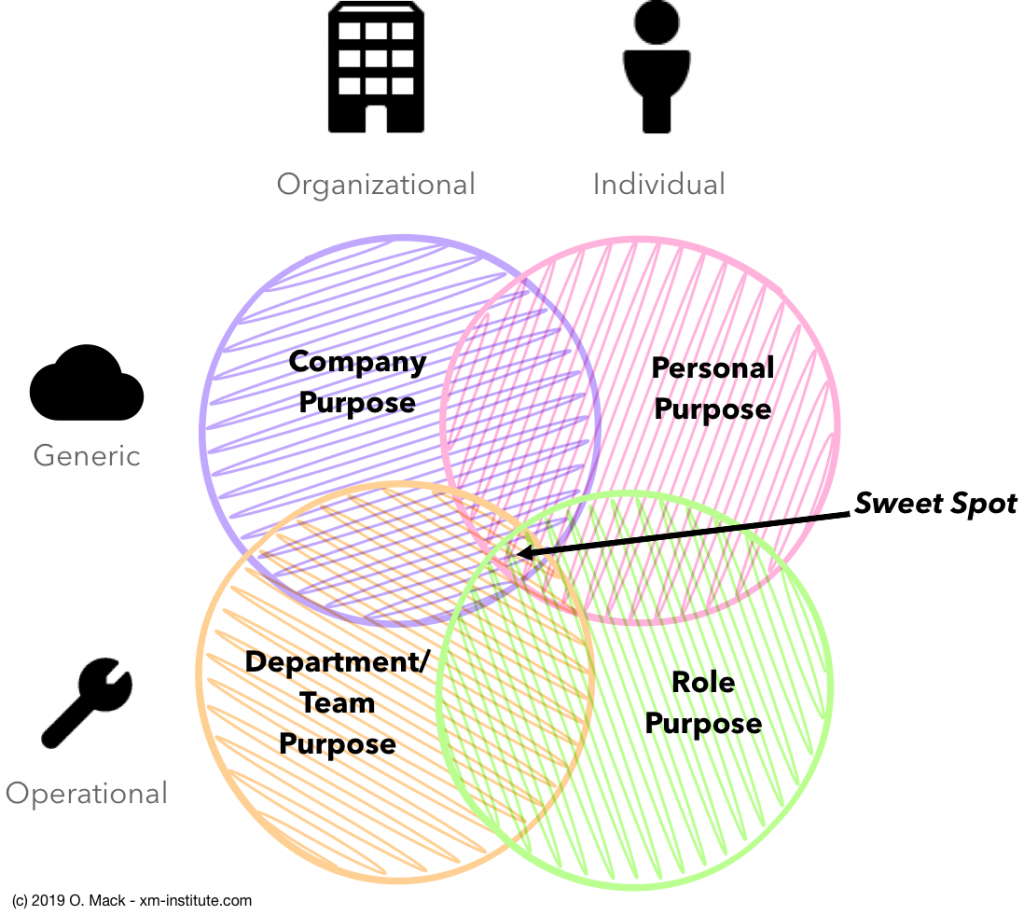
The tool consists of four areas, that cover different purpose areas. All of these areas are helpful aspects of purpose in the business field and help to work on this topic. They are all independent in a way, but also at the same time dependent on each other.
But let me explain the four elements first:
- Individual Purpose: The first element is a specific one. It describes the individual purpose of a person, an employee, a leader, a team member. This purpose is highly individual and is not directly liked to the work and business domain. Although more and more people are thinking about this domain, there are many people never though about their individual purpose in life before. Fritjof Bergmann, a pioneer in the New Work movement describes this area with the question: “What do I really really want in life?”. This question is key, if you want to have own orientation as a leader and fulfil your leadership role in a good way. I will follow up on this topic of individual purpose in some future blogposts, as I think this area is a key area for self leadership in our new work environments.
- Company Purpose: The company purpose describes the meaning, why a specific company is existing or should exist. It covers the “why” of the company as a whole. Simon Sinek describes this dimension in his video with the example of Apple in a very clear way. The company purpose is not about earning money or be first in a market. It goes deeper. A good starting point can be the “Vision/Mission Statement” or “MTP Statement” of a company. This statement, if wisely developed, can give some guidance and act as a constrain to the other two purpose areas with business context, that follow.
- Role Purpose: The role purpose is focusing on the specific position or role of an individual in an organisational setting. It is not a job description, as it does not describe the what and how the person is doing something in the organization. But a job description can be used as a basis for an individual to develop the high purpose of this role, the “why” of this specific role for the overall organization and the overall company purpose, answering the question why this role is so valuable for the organization and its purpose.
- Team/ Department Purpose: The department purpose is the concretisation of the company purpose down to a specific team or department. “Why are we existing? And why are we valuable for the organization? Why are we doing what we are doing?” – these are questions to be used and asked in this domain.
The Purpose Clover Leaf model can help to get an integrated view on the idea of purpose and to develop one of the domains further based on the descriptions of the others. The sweet spot of the model is the overlap of all four domains. If all of the four fit well together and there is a large overlap between the domains, a consistent purpose orientation is given.
But how can this model be used in a pragmatic and hands-on way? Here some brief ideas, how I use it.
On the individual domains, it is helpful to start with the personal purpose. It doesn’t make sense to start with the organisational aspects, if a person has no picture about the personal purpose at all:
- The generic individual domain of personal purpose has a special role. It is more independent from the other 3 domains. Leaders today need a clear idea of their own personal purpose to be a good leader. It gives leaders the foundation of their action and allows them to give their teams clearer orientation. Even in uncertain times. In many leadership coachings I come to a point, where working on this personal purpose is the solution or answer for the client to deal with problems, that appear again and again. The work in this area can be initiated by a leadership development program, if well designed, but needs self reflection of the leader and maybe some support by a coach.
- To develop a role purpose, at least some clarity about the personal purpose and the company purpose is useful. Having a clear picture about yourself as well as about the organization as a whole helps you as a leader to develop a role purpose, that allows you to get a better picture about yourself as part of the organization. This can be a guideline for decisions and development as well as all your actions as a leader. I use this approach as a second step in personal coachings after clarifying the personal purpose. It can be also used in leadership team settings to align the team and act as a starting point for a leadership team purpose.
Clarity about this personal purpose can also help to develop or clarify the other two organisational domains more easily:
- The more people in a company have clarity about their personal purpose, the easier it is to develop a company purpose or a team purpose. Bringing the different views together can help to identify overlaps and can help to create meaning for the company activities in the long run and to motivate and drive action in the short run, on team level or on overall company level.
- On the other hand, if these two organizational domains are clearly developed, they can help individuals to identify, if they fit to the team or the company as a whole. Also when I work with a leader, developing his or her purpose as a leader in an organization, it helps to have some clarity or at least a good working assumption on the different areas.
All four areas are closely linked to each other and are dependent on each other. Working on purpose means to start in one domain, considering the other three, too. Approaching this in an iterative way is key.
Although I just shared a few thoughts here to keep the post short, I hope these ideas make you think and give you some inspiration for application and further development.
If you have some further ideas on using the model or how you applied it, I am happy hearing from you, sharing your thoughts.
Literature
Bergmann, F., & Schumacher, S. (2005). Neue Arbeit, neue Kultur. Arbor Verlag. – https://amzn.to/2W1I91J
Frank, V. E. (1969). The will to meaning. New York: New American Library. – https://amzn.to/2HSgwhu
Poczynek, Jan. (2019), Search for Meaning, blogpost linkedIn – https://www.linkedin.com/pulse/search-meaning-jan-a-poczynek/
Pontefract, D. (2016). The Purpose Effect: Building Meaning in Yourself, Your Role and Your Organization. Elevate Publishing. – https://amzn.to/2EtQsIE
Sinek, S. (2009). Start with why: How great leaders inspire everyone to take action. Penguin. – https://amzn.to/2X6uLpc
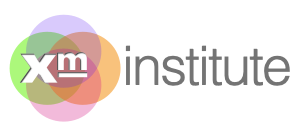
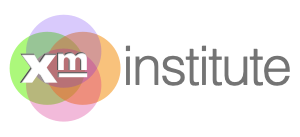



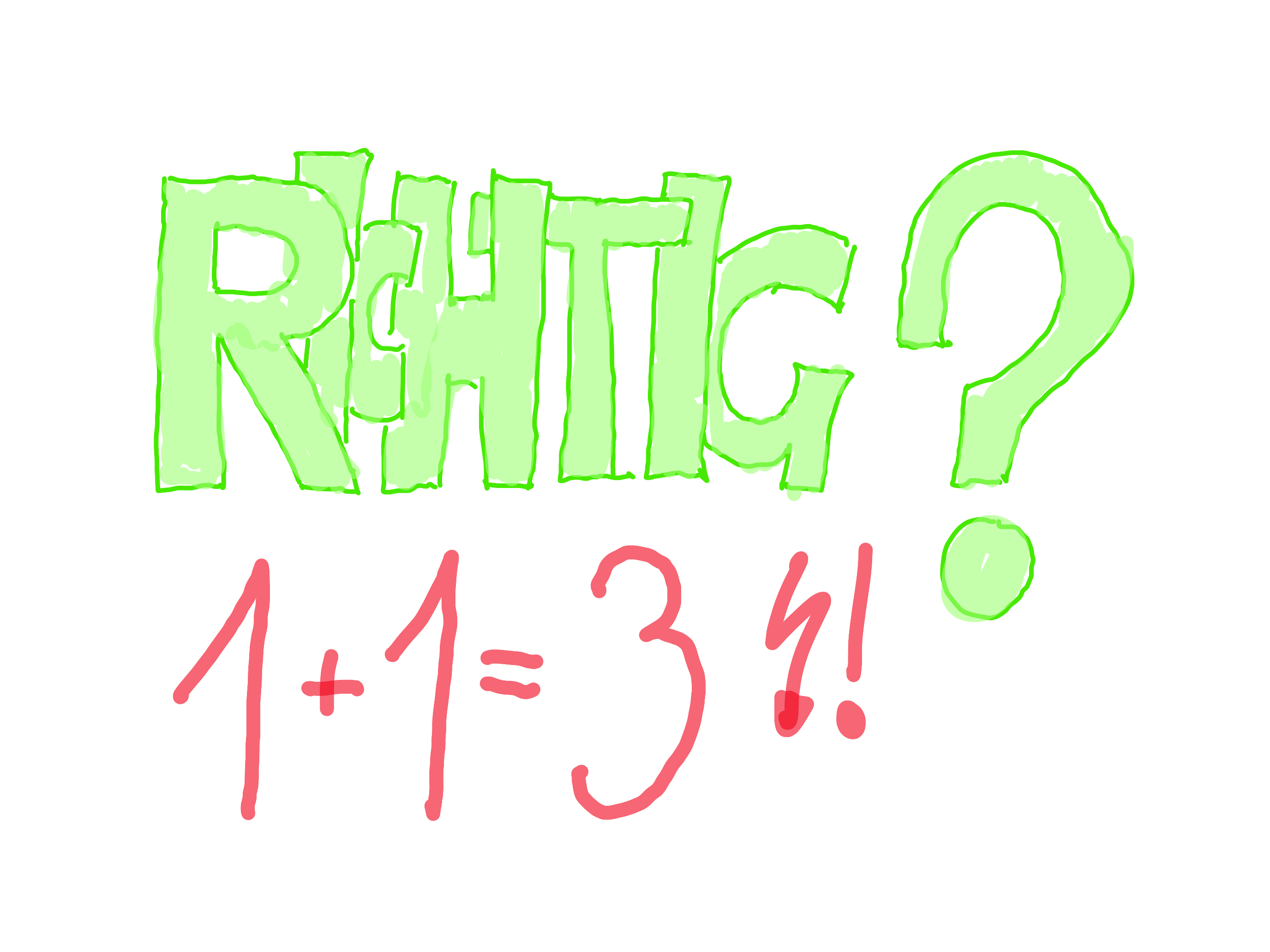
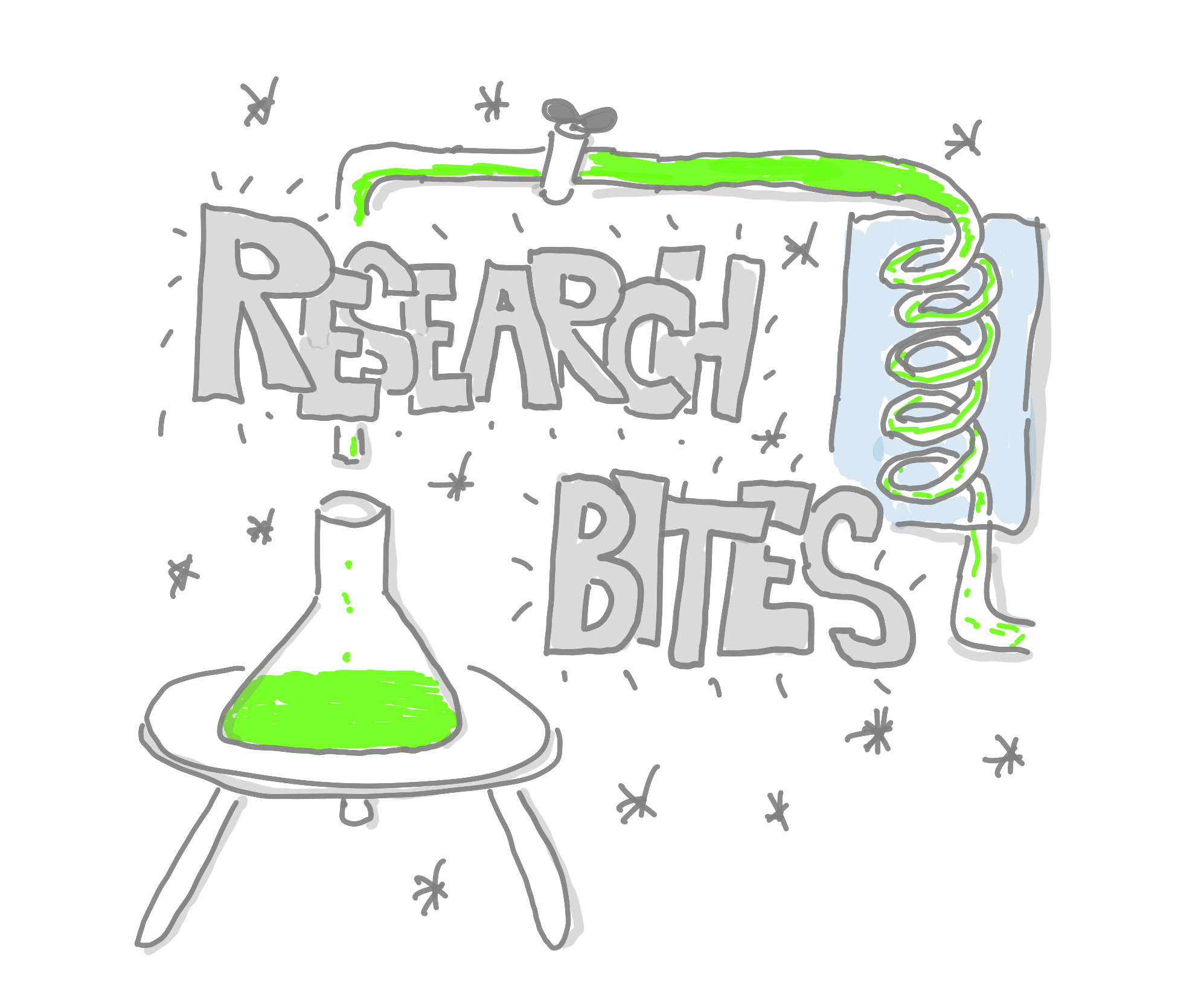
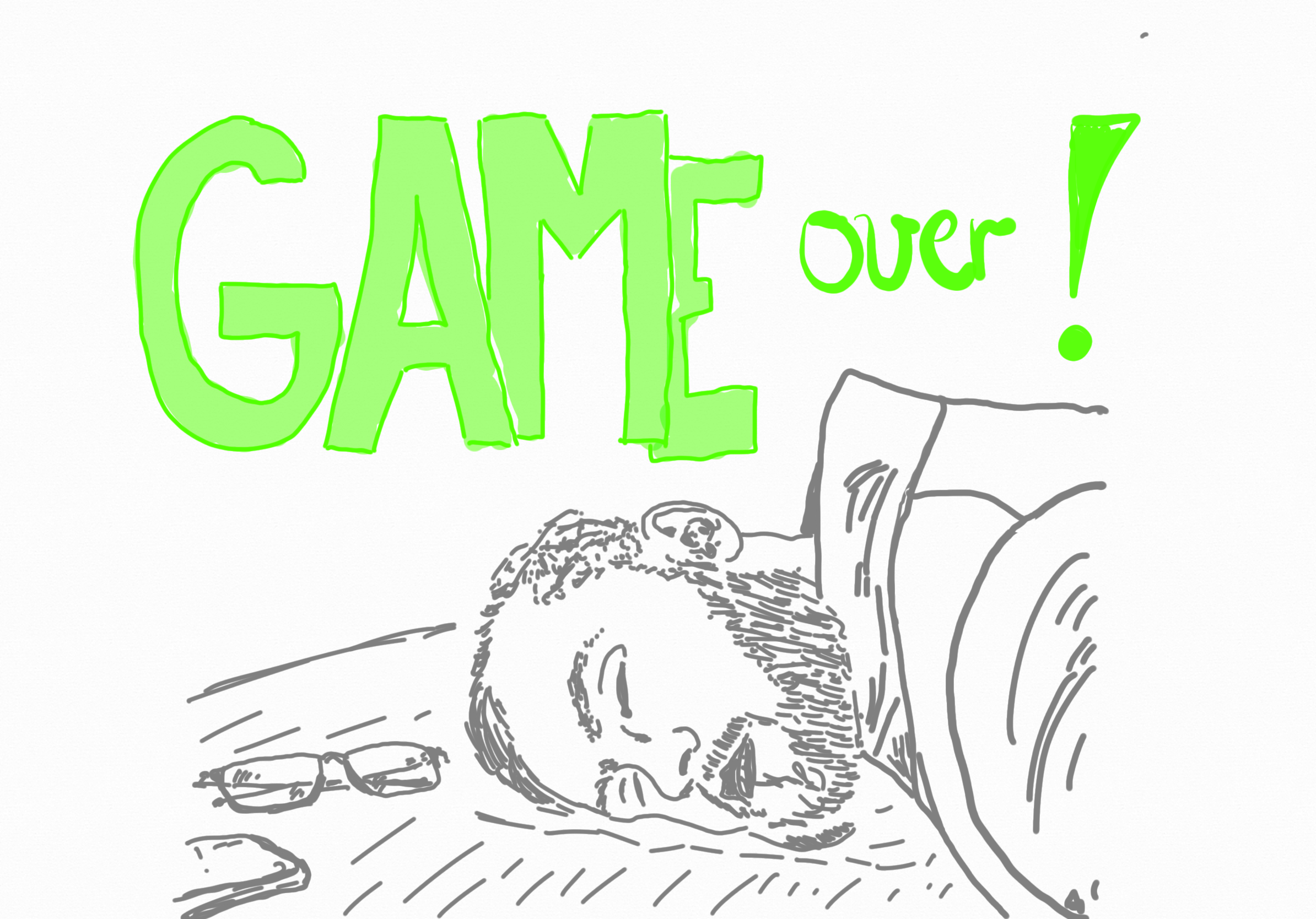
Manuel Grassler mentioned in a comment on facebook related to this article a concept for finding the personal purpose, which is called IKIGAI. It is a great concept. You can find some additional information on this here: https://www.forbes.com/sites/chrismyers/2018/02/23/how-to-find-your-ikigai-and-transform-your-outlook-on-life-and-business